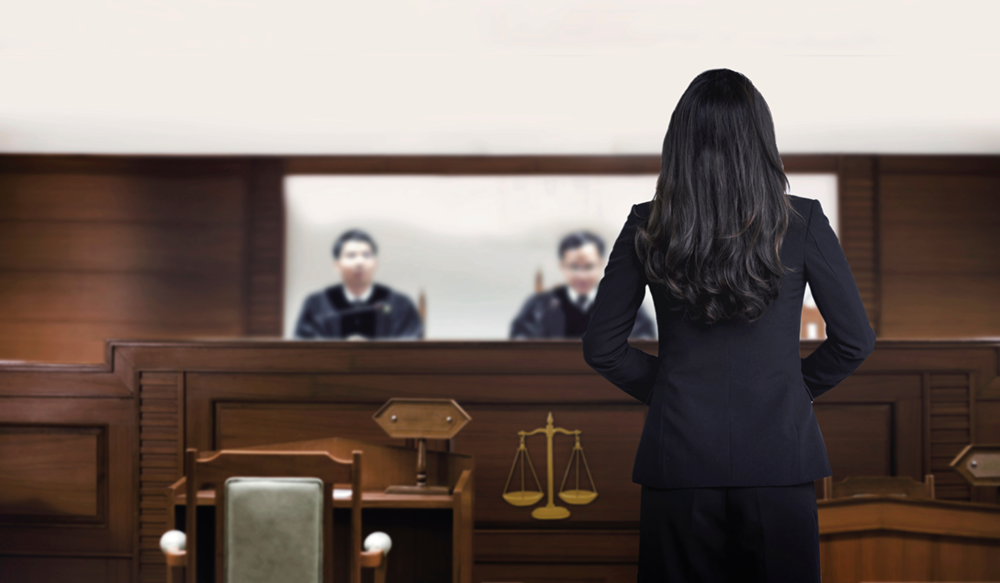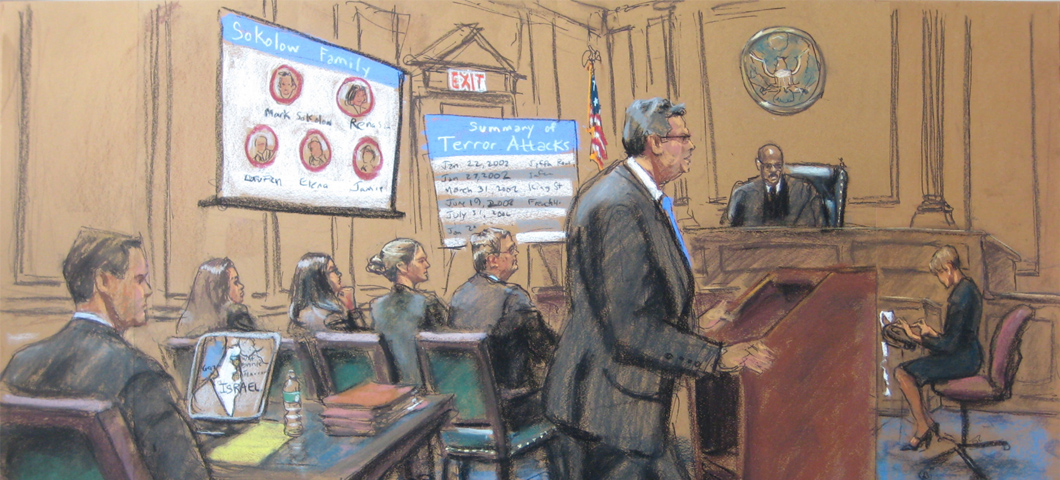Navigating the Intricacies of Trial Presentations: Tips for Seamless Distribution and Compelling Arguments
In the realm of legal process, the art of test presentation stands as a vital factor of success. The intricacies inherent in trial presentations need a fragile equilibrium of technique, skill, and finesse.

Recognizing Test Purposes
To properly browse a test, it is important to have a clear understanding of the purposes that need to be achieved. Before entering the court, legal groups have to define their goals and preferred results. These purposes offer as guiding principles throughout the trial, forming techniques and influencing decision-making procedures.
Recognizing test purposes entails a comprehensive analysis of the case, legal precedents, and the client's benefits. Trial Presentations. It requires a precise evaluation of the truths, determining crucial problems, and expecting prospective difficulties. By establishing measurable and certain objectives, lawyers can tailor their debates and discussions to align with the desired results
Moreover, a clear grip of test goals allows legal teams to focus on proof, witnesses, and legal arguments effectively. It enables the growth of a meaningful narrative that resonates with the discretionary, strengthening the overall instance discussion.

Organizing Proof Successfully
Having a clear understanding of trial purposes lays the structure for organizing proof efficiently in lawful procedures. By straightening the discussion of evidence with the wanted outcomes of the test, legal groups can enhance their arguments and improve their persuasiveness.
Another crucial element in arranging proof successfully is establishing a sensible flow. Offering proof in a coherent and consecutive fashion can assist construct a compelling story that sustains the legal debates being made. Furthermore, making use of visual help such as timelines, charts, or graphes can even more boost the organization of evidence and aid in clarifying complicated partnerships or sequences of events.
In addition, guaranteeing that all proof offered is admissible and appropriate to the instance is vital. Inadmissible or unimportant evidence can interfere with the strength of the disagreement and possibly harm the reputation of today celebration. As a result, a thorough review and selection process ought to be embarked on to consist of just one of the most legally audio and impactful proof in the test discussion.
Crafting Convincing Stories
Crafting engaging narratives plays a pivotal function in presenting influential disagreements during lawful process. When building a narrative for a test presentation, it is crucial to establish a clear story that highlights crucial points and attaches them in a coherent fashion. By weaving together proof, testimony, and lawful arguments into a natural and convincing story, legal experts can effectively promote for their clients and boost the likelihood of a desirable end result in the courtroom.
Understanding Aesthetic Aids
Reliable use aesthetic help is essential to improving the influence and clearness of test discussions. Visual aids, when made use of strategically, have the power to simplify complicated info, enhance bottom lines, and leave a lasting impression on the court and court. To understand visual aids in test discussions, it is crucial to guarantee that they are clear, succinct, and pertinent to the arguments being made.
When incorporating visual aids, such as charts, photos, charts, or timelines, right into a trial discussion, it is important to keep them visually appealing yet professional. The visuals ought to match the verbal disagreements, supplying an aesthetic depiction of the details being reviewed without frustrating the target market with unneeded information.
Moreover, practicing with the visual help ahead of time is necessary to make certain a smooth distribution throughout the trial. Familiarizing oneself with the content, transitions, and timings of each visual help can read this aid keep the flow of the presentation and prevent technical problems that might develop.
Providing Impactful Closing Disagreements
A compelling closing argument acts as the end result of a test presentation, encapsulating the core story and convincing the court and court towards a positive decision. To deliver an impactful closing debate, it is vital to succinctly evaluate bottom lines, highlight the toughness of your situation, and deal with any weak points in a calculated manner. Begin by outlining the main arguments that sustain your client's placement, stressing why the evidence offered throughout the trial sustains your narrative. It is important to develop a sense of cohesion and clearness, guiding the court and court towards the wanted final thought.
Moreover, incorporating emotional charm can additionally reinforce your closing argument. Ultimately, a well-crafted closing argument ought to leave an enduring impact, engaging the court and court to rule in your customer's support.
Verdict
In conclusion, mastering trial presentations involves recognizing objectives, organizing evidence, crafting directory narratives, utilizing aesthetic help, and supplying impactful closing debates. By applying these strategies effectively, lawyers can present their instance flawlessly and make engaging debates in the courtroom. It is essential to navigate click resources the complexities of test discussions with accuracy and skill to achieve success in legal process.
By straightening the discussion of evidence with the desired outcomes of the test, lawful teams can strengthen their arguments and boost their persuasiveness (Trial Presentations). To understand aesthetic aids in test discussions, it is important to make certain that they are clear, succinct, and appropriate to the arguments being made
An engaging closing disagreement serves as the end result of a test presentation, enveloping the core narrative and persuading the court and jury towards a desirable choice. Begin by describing the major disagreements that support your customer's setting, emphasizing why the proof presented throughout the test supports your story.In conclusion, understanding trial discussions includes understanding objectives, arranging evidence, crafting stories, using aesthetic aids, and supplying impactful closing disagreements.
Comments on “Essential Skills for Crafting Persuasive Trial Presentations: A Comprehensive Guide”